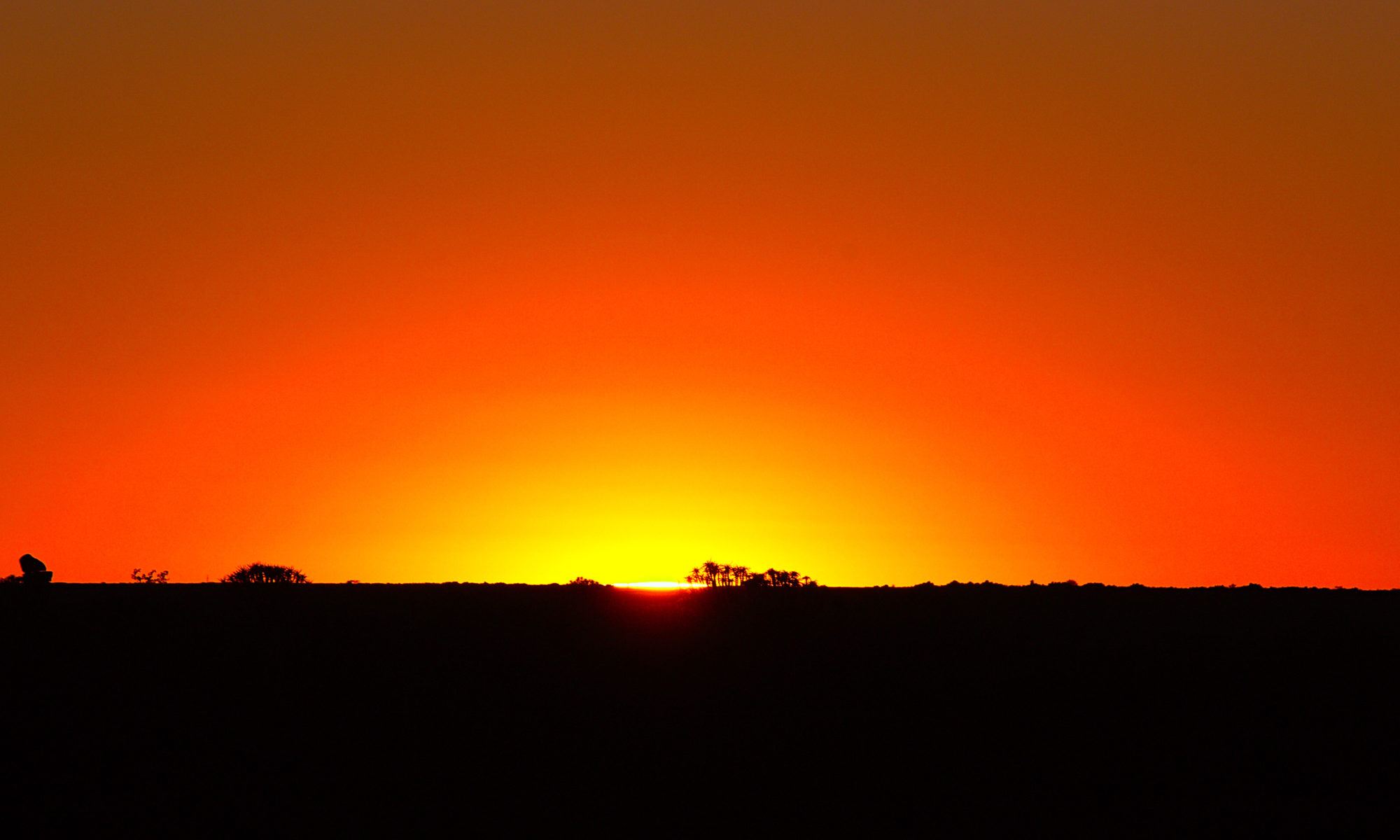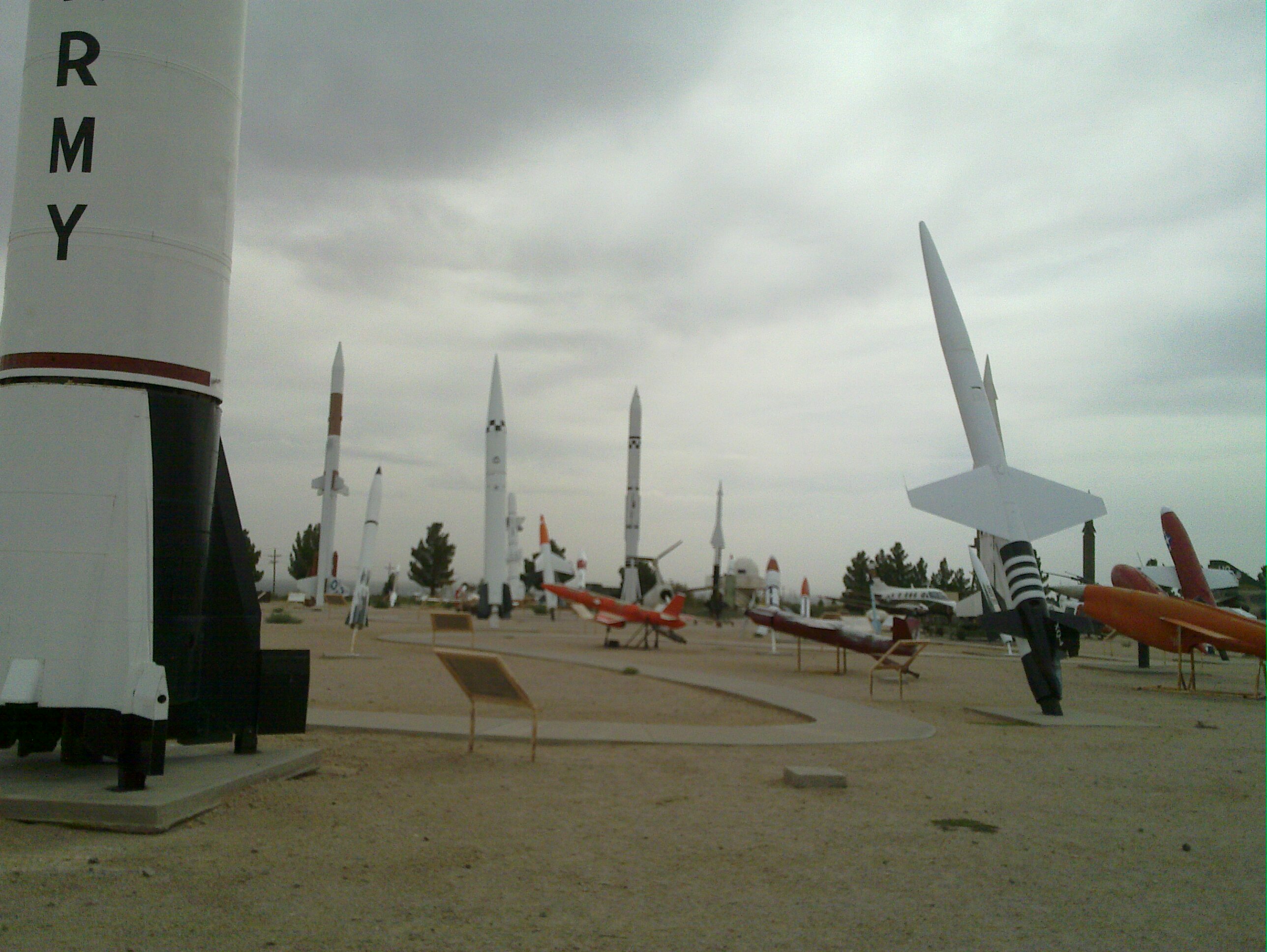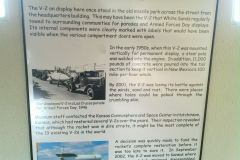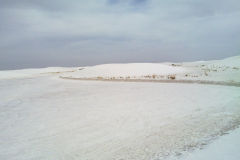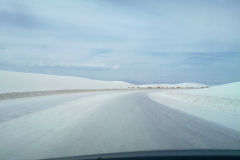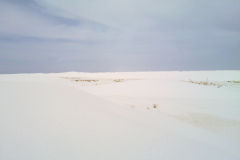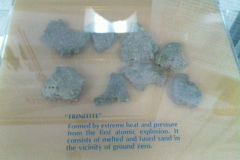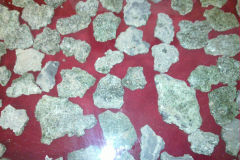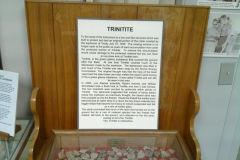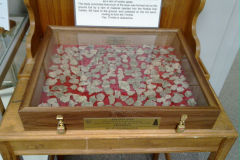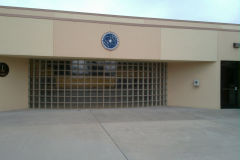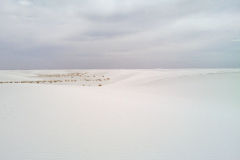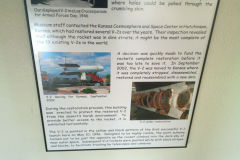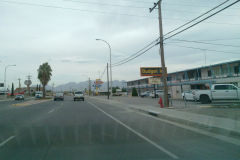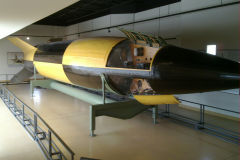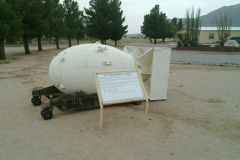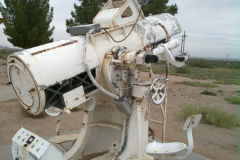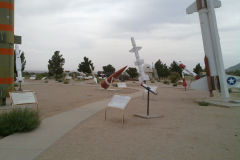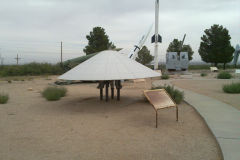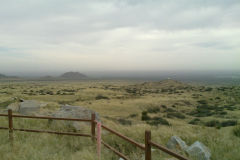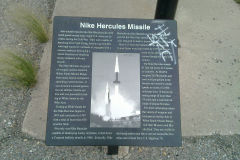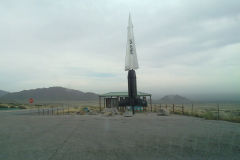White Sands National Park, located in southern New Mexico, is a unique and otherworldly destination that is home to the world’s largest gypsum dune field. The park’s stark white sands stretch for 275 square miles and are a sight to behold. The park is a popular destination for tourists and outdoor enthusiasts alike, and offers a wide range of activities and experiences.
The park’s main attraction is the dune field, which is composed of fine white gypsum sand. The dunes are constantly shifting and reshaping, making every visit to the park a unique experience. Visitors can hike, run, or even sled down the dunes, and the park offers guided tours to help visitors understand the geology and natural history of the area.
The park also offers a variety of outdoor activities, including hiking, camping, and picnicking. The park has several hiking trails that range from easy to strenuous, and visitors can explore the dunes, the desert landscape, and the park’s unique flora and fauna. Camping is also available at the park, and visitors can choose from backcountry camping or camping at the park’s RV and tent camping area.
One of the best ways to experience White Sands is to see it at sunset or sunrise. The park’s white sands take on a pink and orange hue at sunset, making for a stunning and unforgettable view. Visitors can also see the stars at night, which are particularly bright due to the park’s high elevation and lack of light pollution.
White Sands is also home to a diverse array of wildlife, including pronghorns, roadrunners, and jackrabbits. The park is also home to several species of reptiles, including lizards and snakes, and visitors may also spot coyotes and other small mammals.
The park also has a visitors center, which provides information about the park, its history, and its natural resources. There are also several ranger-led programs offered throughout the year, including guided hikes, talks, and campfire programs.
White Sands National Park is a unique and otherworldly destination that offers visitors an opportunity to experience the beauty and wonder of the natural world. The park’s stark white sands, diverse wildlife, and range of outdoor activities make it a must-see destination for anyone visiting southern New Mexico.
White Sands Missile Range (WSMR) is a United States Army military testing and training facility located in southern New Mexico. Spanning across 3,200 square miles, it is the largest military installation in the United States and one of the most technologically advanced testing and training sites in the world. WSMR is used to test a wide range of military systems, including missiles, air defense systems, and ground-based radar systems.
The range was established in 1945 as a missile testing site for the United States Army. Since then, it has played a crucial role in the development and testing of many of the military’s most advanced weapons systems. The range is also used for training by various branches of the military, including the Army, Navy, and Air Force.
One of the main functions of WSMR is to test and evaluate missile systems. The range has the capability to test missiles of all ranges, from short-range to intercontinental ballistic missiles. The range also has a number of air defense systems, including Patriot and THAAD, which are used to test the military’s ability to defend against incoming missile threats.
In addition to testing and evaluating missile systems, WSMR is also used for ground-based radar systems testing. The range has a number of radars, including the AN/FPS-85 radar, which is used to track missiles and other objects in space. The range is also used for testing of ground-based radar systems, which are used to detect and track aircraft, drones, and other airborne objects.
WSMR is also used for training by various branches of the military. The range is home to the White Sands Training Center, which offers a wide range of training exercises for soldiers, sailors, and airmen. The range is also used for training by the National Guard and Reserve units.
WSMR is also home to the White Sands Test Facility (WSTF), which provides a wide range of technical support and services to the military, including environmental testing, materials testing, and propulsion testing. WSTF also provides support to NASA and other government agencies.
WSMR also has a rich history and cultural significance. The range has artifacts dating back to prehistoric times, including Clovis points and ancient pottery. The range is also home to several historic sites, including the Trinity Site, where the first nuclear bomb was detonated in 1945.
White Sands Missile Range is a vital military installation that plays a crucial role in the development and testing of the military’s most advanced weapons systems. The range’s vast size, advanced technology, and diverse training capabilities make it a premier testing and training facility for the United States military.
